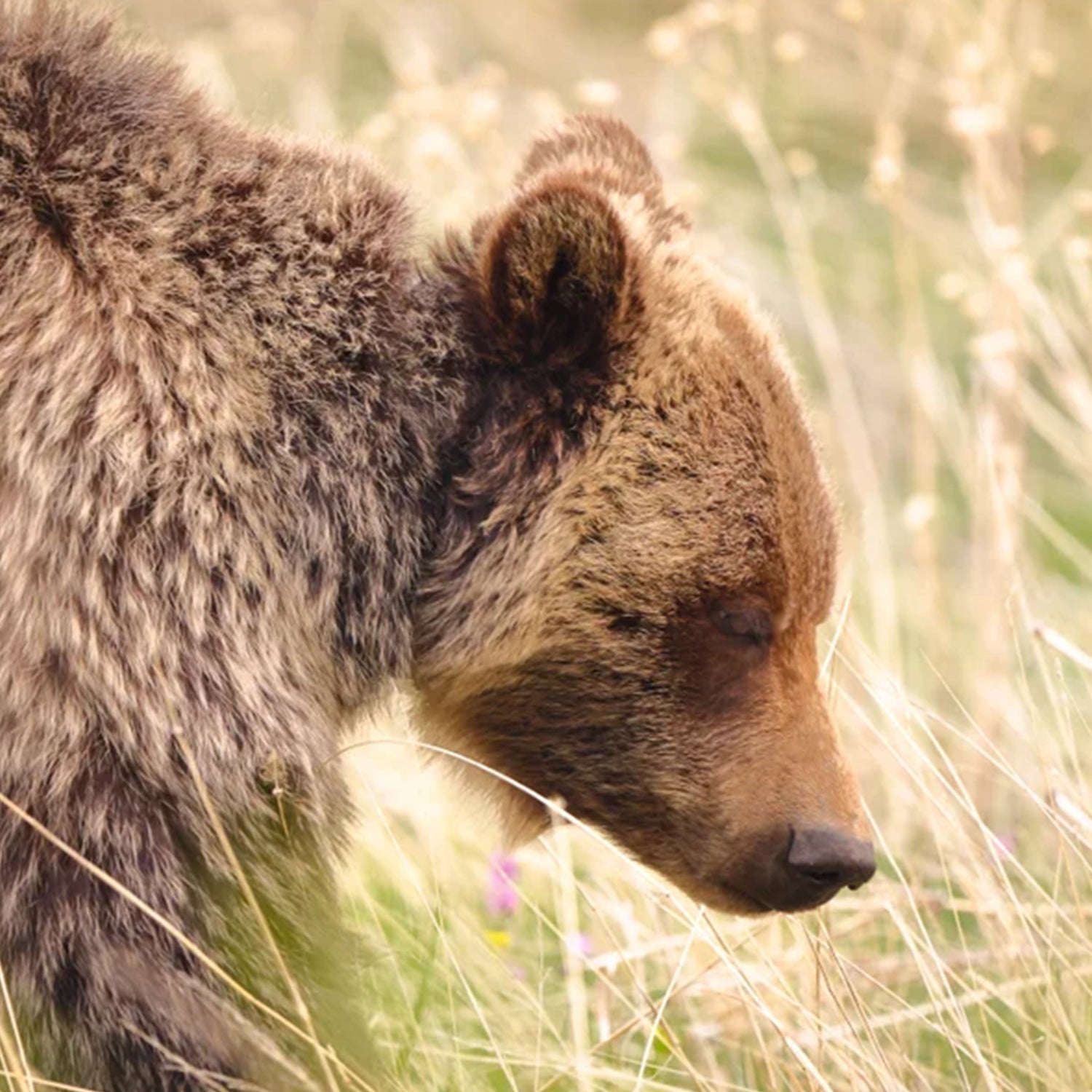The National Park Service (NPS) and United States Forest Service (USFS) are seeking public comment on a plan for reintroducing grizzlies into the North Cascades.
In September, the agencies released an Environmental Impact Statement that evaluated the potential impacts of reviving the grizzly population. Since the original draft release, the NPS and USFS have held several meetings with local residents in advance of finalizing the plan.
If implemented, the plan would involve releasing 3 to 7 bears into the region every year for up to 10 years. Federal wildlife officials expect that it would take somewhere between 60 and 100 years for the region to reach its 200-bear goal.
Outlined in the EIS are three different potential management strategies. Plan A would reintroduce a grizzly population without establishing any new management tactics. Option B would re-introduce the bears and treat them as if they were threatened. And, option C, which is currently favored by officials, would treat the re-introduction as experimental, giving state and federal agencies more flexibility in the treatment and management of the population during the re-introduction process. Option C would likely leave room for officials to permit livestock owners to kill grizzlies under certain conditions as well.
Once native to the Pacific Northwest, Washington’s grizzly population dropped precipitously over decades of hunting, poisoning, and trapping. While remnant populations still exist in the Selkirk Mountains and along the Canadian border, the last known sighting of a grizzly in the North Cascades was in 1996, according to the NPS.
First introduced by the Obama administration, the concept of reintroducing grizzly bears to the North Cascades has proved contentious. A federal plan to reintroduce grizzly bears in the state of Washington fizzled out during the Trump era due to outcry from farmers and ranchers. The same re-introduction plan received largely positive responses from the public, with as many people supporting as opposing it.
Among those opponents is U.S. Rep. Dan Newhouse, R-Wash, who responded to the EIS by pledging to fight it once again.
“Time and again, our communities have spoken to express staunch opposition to the introduction of these apex predators, which would be detrimental to our families, wildlife and livestock alike,” . He called on federal officials to end the plan “immediately”.
On the other side of the fence, many conservationists that grizzlies play an important part in the natural balance of the state, and that a re-introduction the ecological balance of the Cascades.
Those who are interested in attending a virtual public can do so on October 17. In-person meetings will take place from November 1 to 3 in Washington state. Virtual comments can be submitted anytime between now and November 13.


